Rambla Salvador Samà, 47
Vilanova i la Geltrú – Barcelona – Spain
CONTACT FORM

The indoor environment is on average 2 to 5 times more polluted than the outdoor space, hence the importance of promoting a healthy habitat for living and working that prevents diseases.
Toxics measurements in indoor spaces (homes and offices) make it possible to locate and evaluate anomalies in the air and dust, taking into account the standard points of the applicable legal regulations, such as the Royal Decree 374/2001, and international references for indoor spaces such as the Institut für Baubiologie and AGÖF.
We come to your home or office. We evaluate air and dust pollutants in all areas by means of technical equipment, laboratory sampling and cultures.
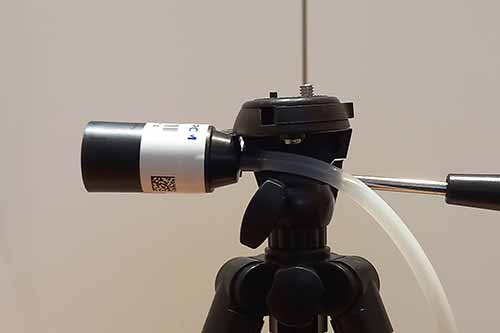
Thousands of people have died from exposure to these microscopic synthetic fibers known as asbestos or uralite.
Environmental sampling using method MTA/MA-051 of the Instituto Nacional de Seguridad e Higiene en el Trabajo (National Institute of Occupational Safety and Hygiene at Work). A measured volume of air is passed through a filter that captures the suspended fibers and then counted in the laboratory.
It makes it possible to identify compliance with the occupational exposure value VLA-ED 0.1 ff/cm3 of Royal Decree 396/2006 applicable to works with risk of exposure to asbestos. It also makes it possible to ensure decontamination levels (normally 10% of the VLA).
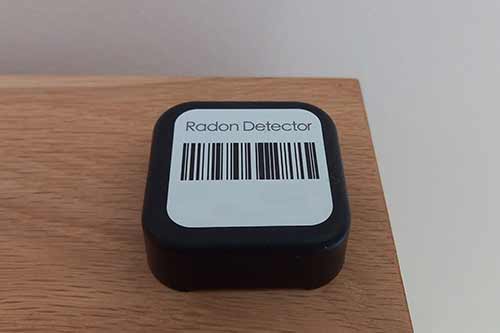
Radon gas is a common contaminant in homes and offices. It is the second leading cause of lung cancer.
Royal Decree 1029/2022, of December 20, establishes 300 Bq/m3 as the annual average reference level for radon concentration in homes, publicly accessible buildings and workplaces.
Radon measurement is usually performed with passive samplers. It includes analysis and test report in an ISO 17025 accredited laboratory and measurements in accordance with the recommendations of the Nuclear Safety Council.
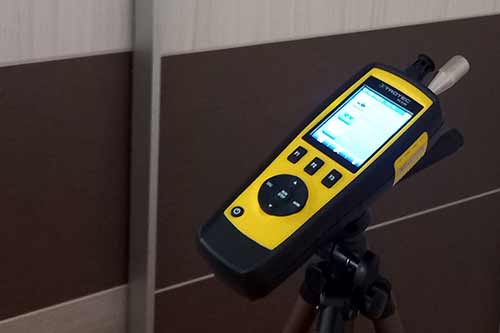
Probably the most common toxic substance indoors. Classified as carcinogenic and known for its mutagenic, neurotoxic, sensitizing and allergenic properties.
Determination of formaldehyde in air by means of an impregnated silica gel method according to MTA/MA-062/A08 of the Instituto Nacional de Seguridad e Higiene en el Trabajo (National Institute of Safety and Hygiene at Work).
There are other possible methods, such as a professional meter with calibration certificate.
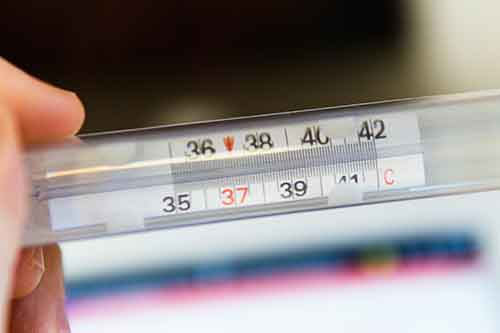
Sometimes problematic heavy metals such as mercury, lead, arsenic or cadmium can be found in house and office dust.
These pollutants are deposited and accumulated in the kidneys, bones or skin (especially in the subcutaneous fatty tissue) and their effects usually take years to appear.
The presence of heavy metals in the dust is determined according to DIN EN ISO applicable to the different heavy metals.
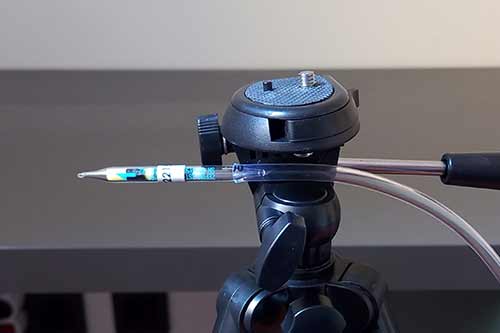
These are chemical substances that are in a gaseous state at room temperature, such as xylenes, toluene, benzene, acetates, alcohols, etc.
They usually come from varnishes, glues, paints and cleaning products.
The environmental concentration levels and the percentage of maximum permissible exposure according to Royal Decree 374/2001 against risks related to chemical agents at work are evaluated.
In homes, statistical analysis is also recommended, comparing the values obtained with public banks such as those of AGÖF, with its more than 3,500 indoor measurements.
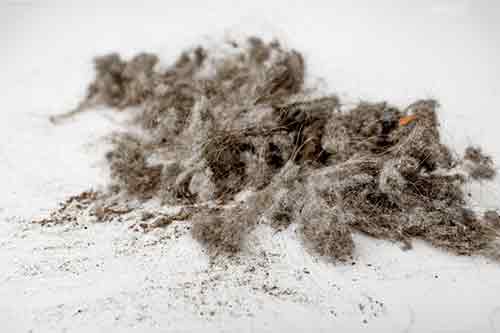
These are low volatile substances that adhere to surfaces and contaminate dust for years and decades.
They include plasticizers, insecticides, fungicides, wood preservatives, dioxins and flame retardants. They can be found in PVC, carpets, rugs or varnishes.
House dust is screened using GC-MS/MS environmental analyzers that provide the lowest limits of detection and quantification.
The evaluation is usually performed by means of statistical analysis, comparing the values obtained with public banks such as those of AGÖF, with its more than 3,500 indoor measurements.
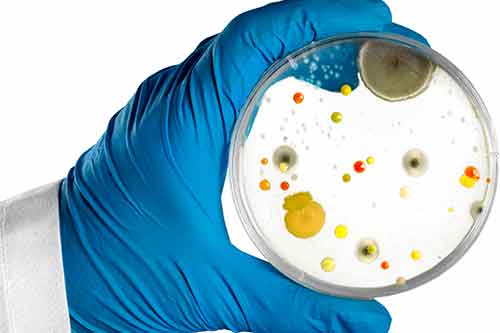
Mold fungi can be detected in enclosed spaces, mainly on colder walls.
They are usually not visible to the naked eye and should be looked for in a culture according to ISO 18593:2004.
When they become visible, we are dealing with large colonies.
Species can be identified, such as cladosporium or penicillium usually, but also more health-critical species such as aspergillus or stachybotrys.
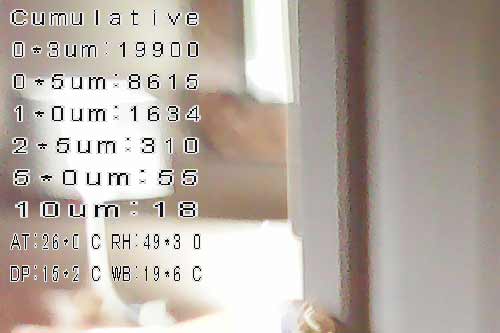
A mixture of tiny substances that constitute the most dangerous air pollutant for human health.
Particle counting with long-life laser diode in accordance with ISO 21501-4 and in 6 different fractions, including 2.5 micron and 10 micron particles.
Measurements are focused on locating the sources of the smallest particles (below 2.5 microns). These particles can reach the pulmonary alveoli and from there the whole body.
Rambla Salvador Samà, 47
Vilanova i la Geltrú – Barcelona – Spain

2025 © Copyright - Carles Surià